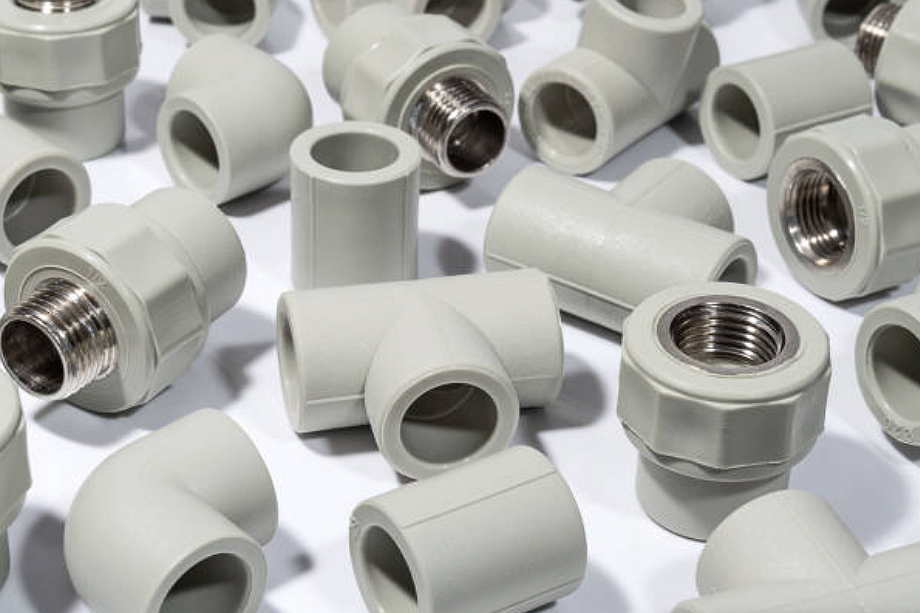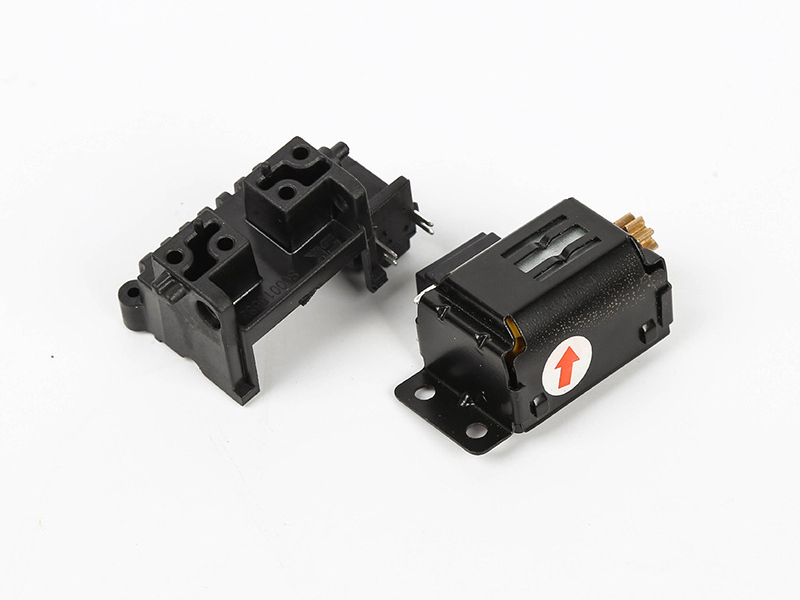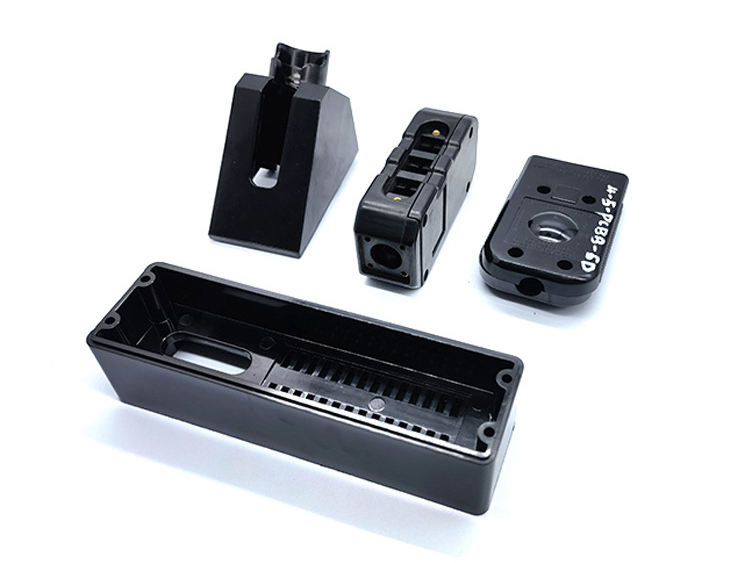How can businesses effectively adopt insert molding for creative product development?
How Can Businesses Effectively Adopt Insert Molding for Creative Product Development?
Adopting insert molding as part of a product development strategy allows businesses to combine multiple materials, integrate functions, and streamline production. To fully leverage its advantages, companies must align design intent, material selection, and process engineering from the outset of development.
Establish a Robust Design and Process Collaboration
Successful insert molding begins with collaboration between designers and engineers. Early communication ensures inserts, gate locations, and part geometries are optimized for molding flow and adhesion. Partnering with an experienced custom parts manufacturer that offers both injection molding and insert molding capabilities allows a seamless transition from concept to production. Integrating CAD simulation and DFM analysis helps minimize tooling revisions and accelerates time to market.
Choose Compatible Materials for Performance and Aesthetics
Material compatibility is a key factor in determining the reliability of insert-molded components. High-performance polymers like nylon (PA), PBT, or PEEK are frequently combined with metallic or ceramic inserts for strength, conductivity, or heat resistance. Using suitable bonding materials prevents delamination and ensures consistent adhesion under mechanical or thermal loads.
Integrate Value-Added Manufacturing Processes
Companies can enhance part performance by combining insert molding with complementary processes such as overmolding or precision casting. This integration enables multi-layer or hybrid designs that combine rigid frameworks with soft-touch surfaces or embedded electronics — ideal for consumer electronics, medical devices, and power tools that require ergonomic design and superior durability.
Prototype Before Mass Production
Engaging in rapid prototyping, such as 3D printing, allows businesses to evaluate insert placement, bonding quality, and design feasibility before committing to large-scale tooling. Early validation reduces financial risk and shortens product launch cycles.
Build for Scalability and Quality
To achieve long-term success, businesses should implement advanced process monitoring and post-molding inspections such as X-ray, CT scanning, or CMM measurement. Partnering with a supplier experienced in automotive, telecommunications, or medical manufacturing ensures that quality standards, such as ISO 9001 and IATF 16949 compliance, are met.



